Find Any Kiosk Machine You Need And Contact Lean Kiosk Now
All Products
Select Any Product
- Request A Quote Now

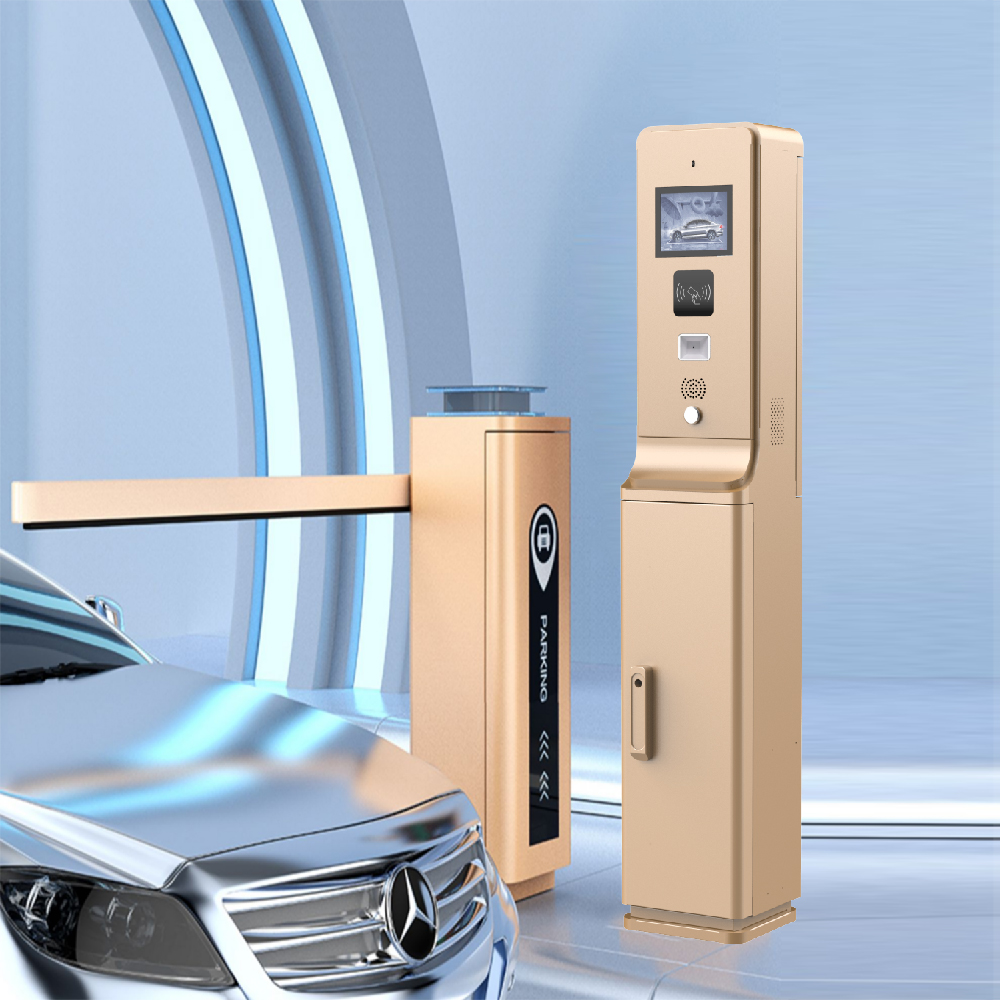
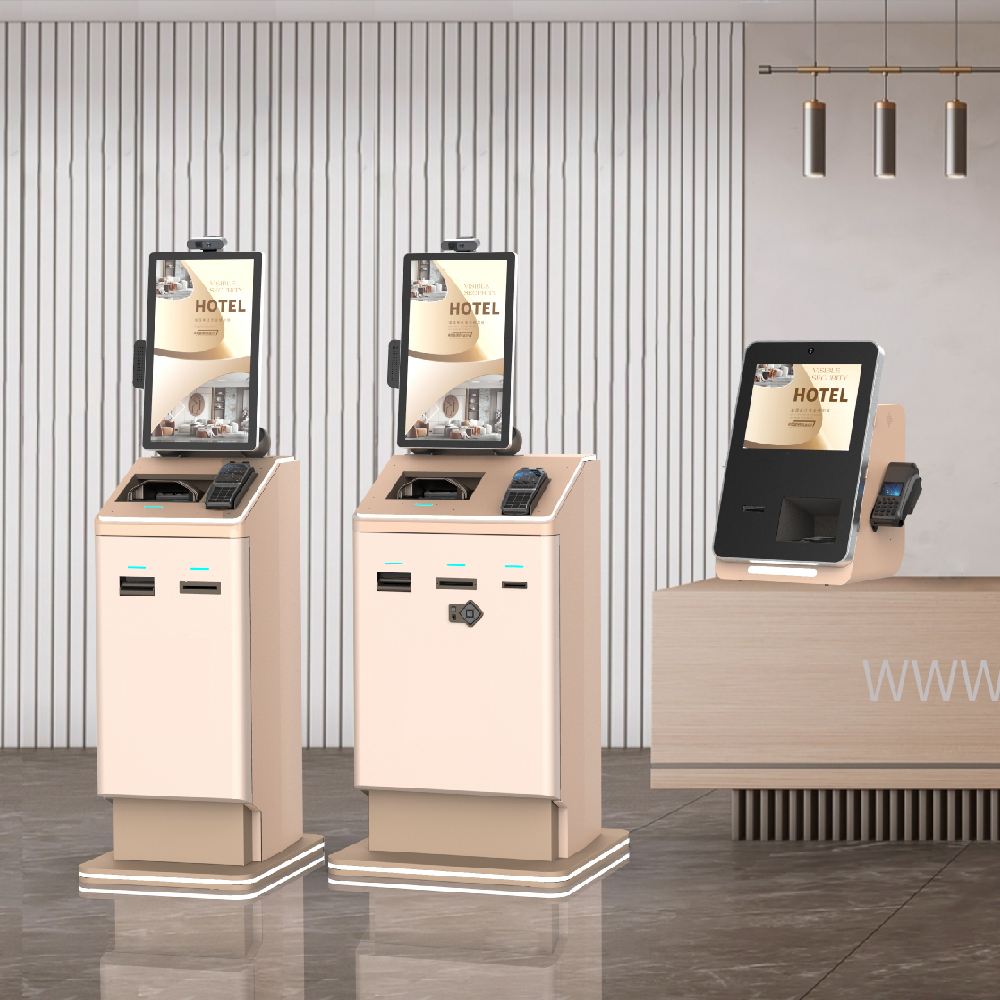
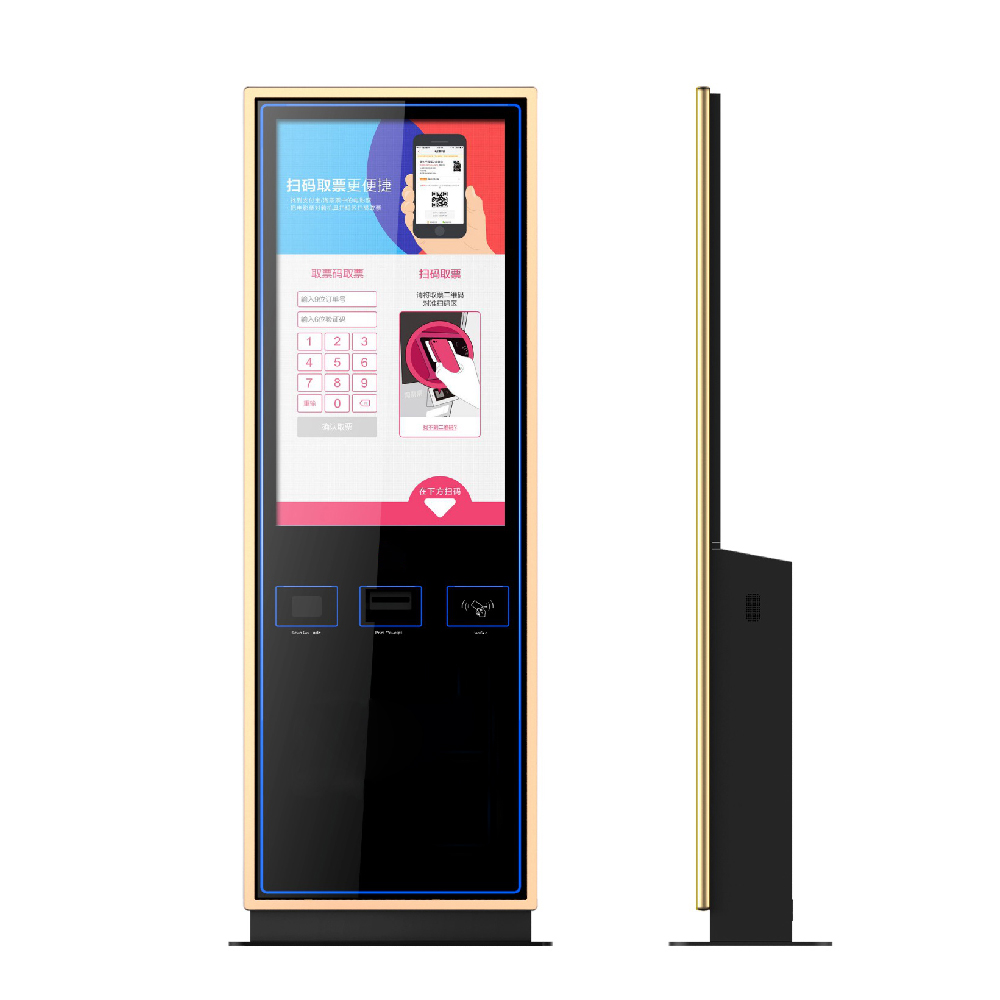
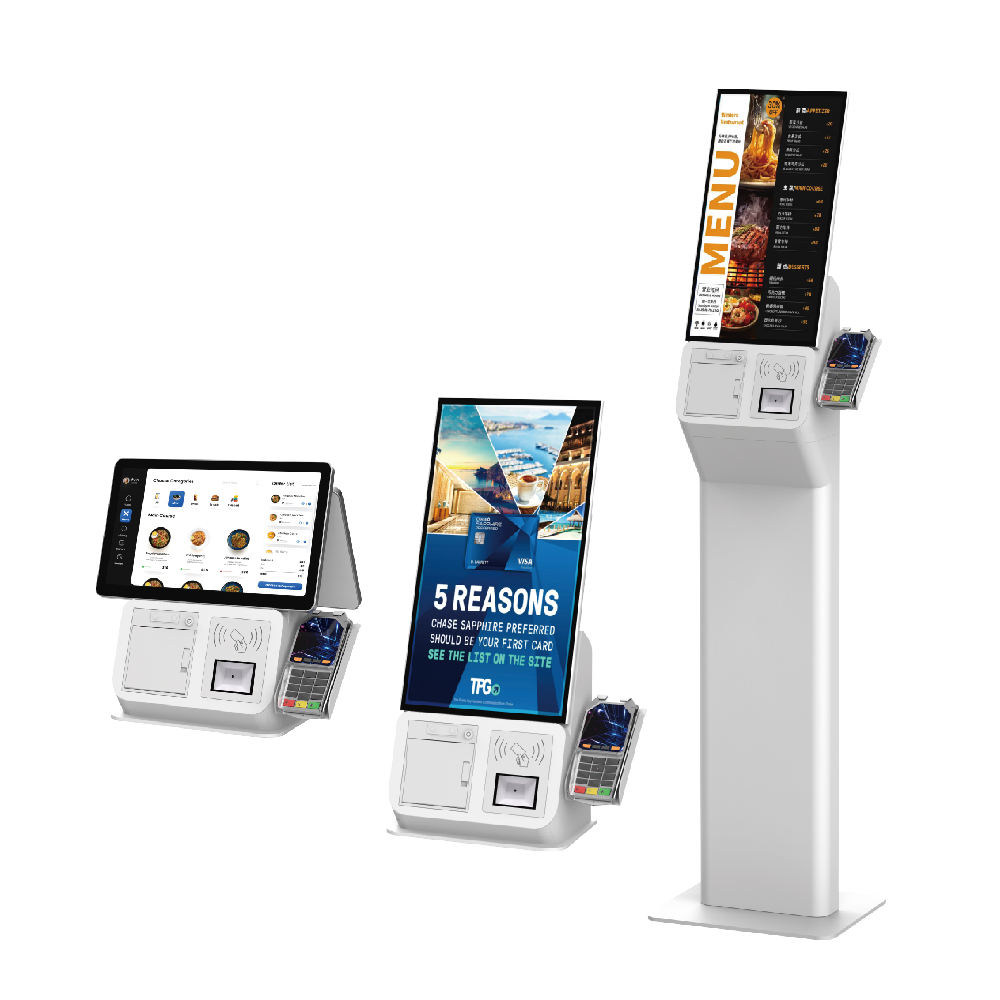
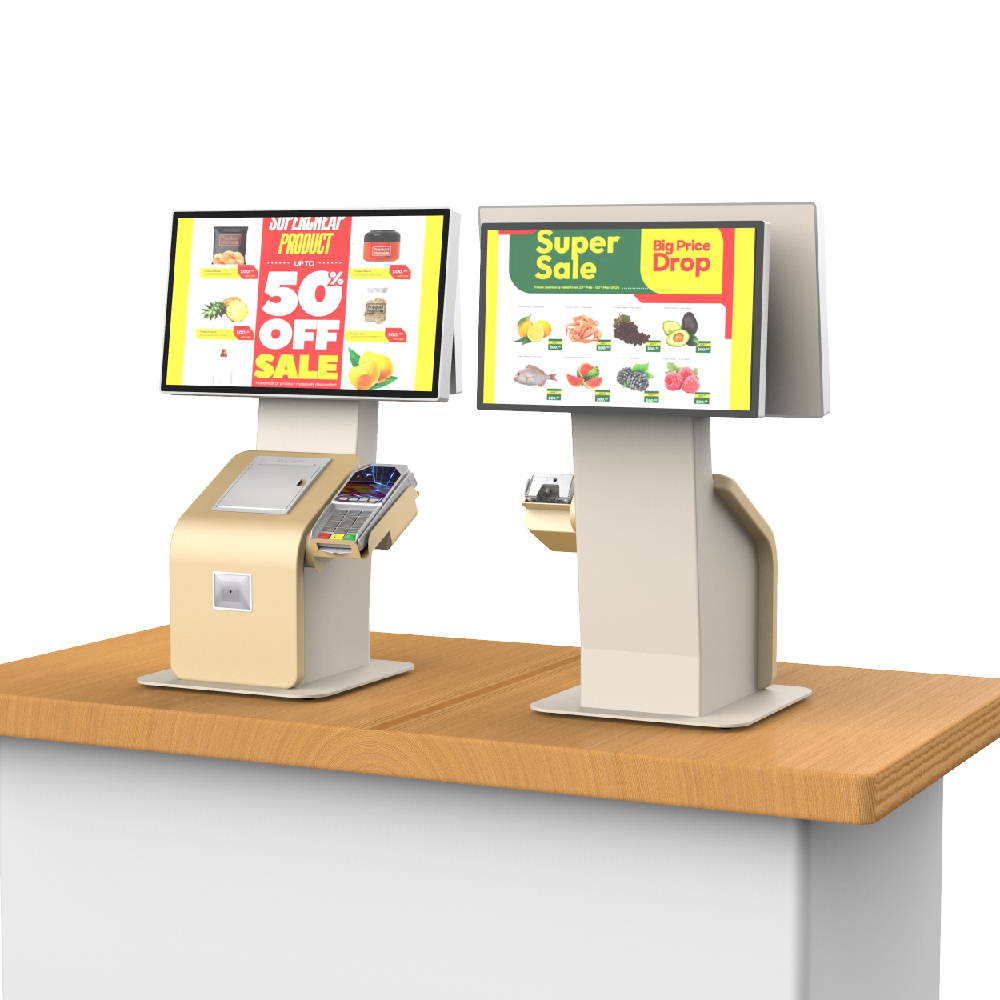
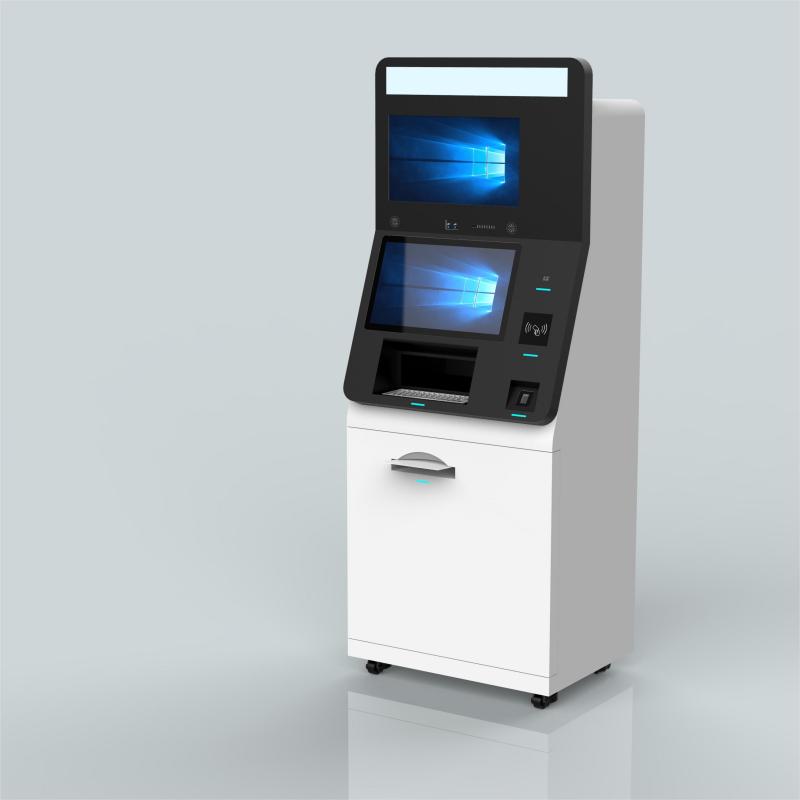
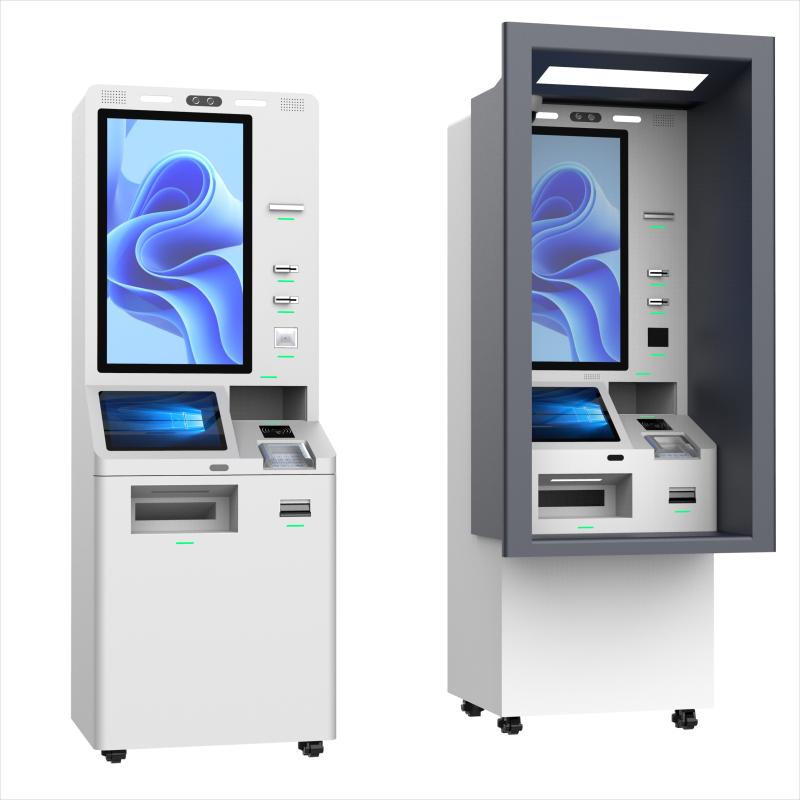
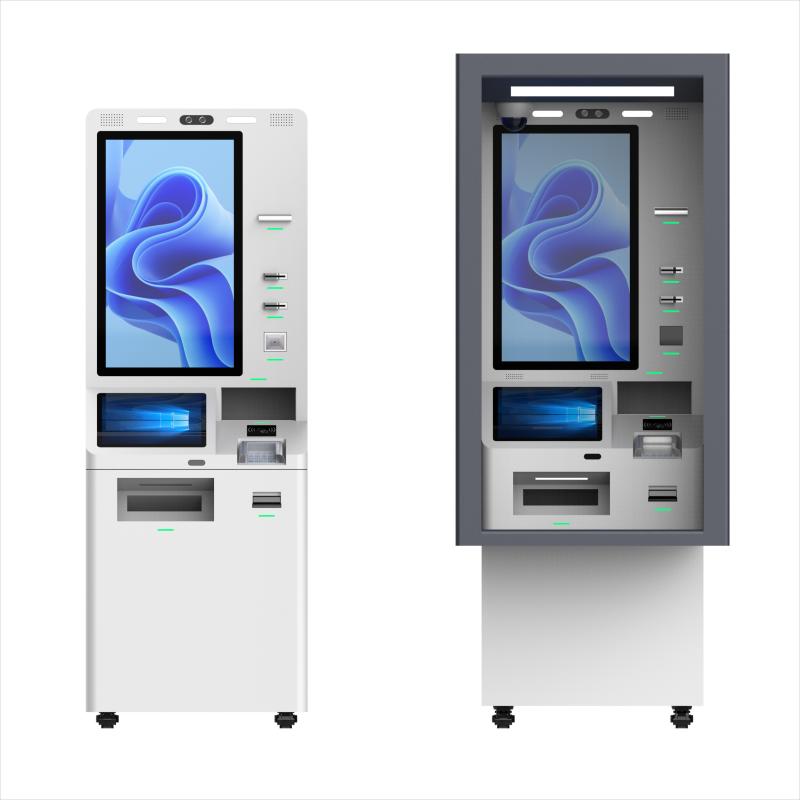
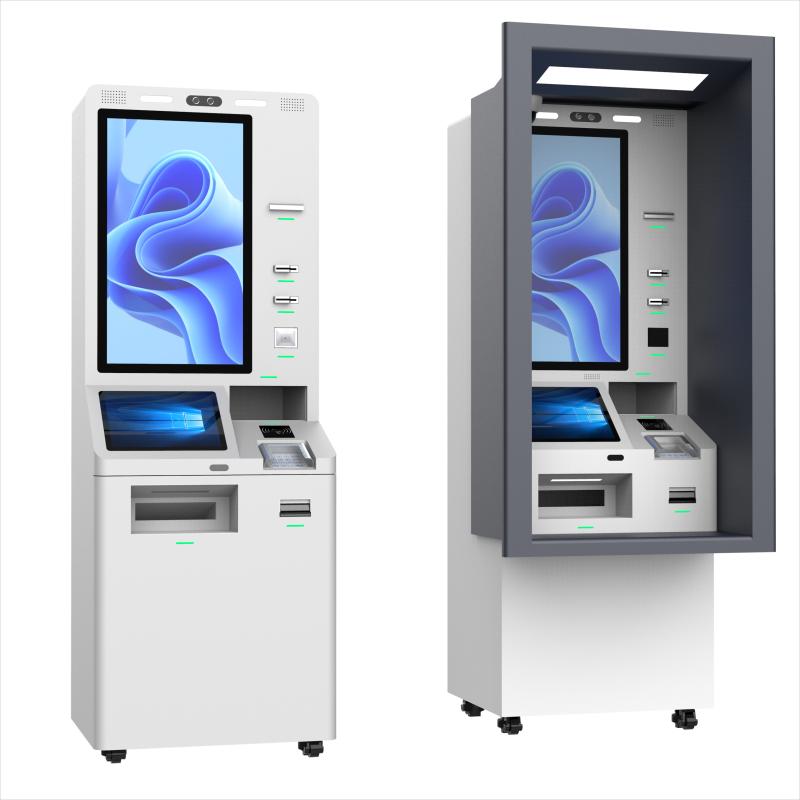
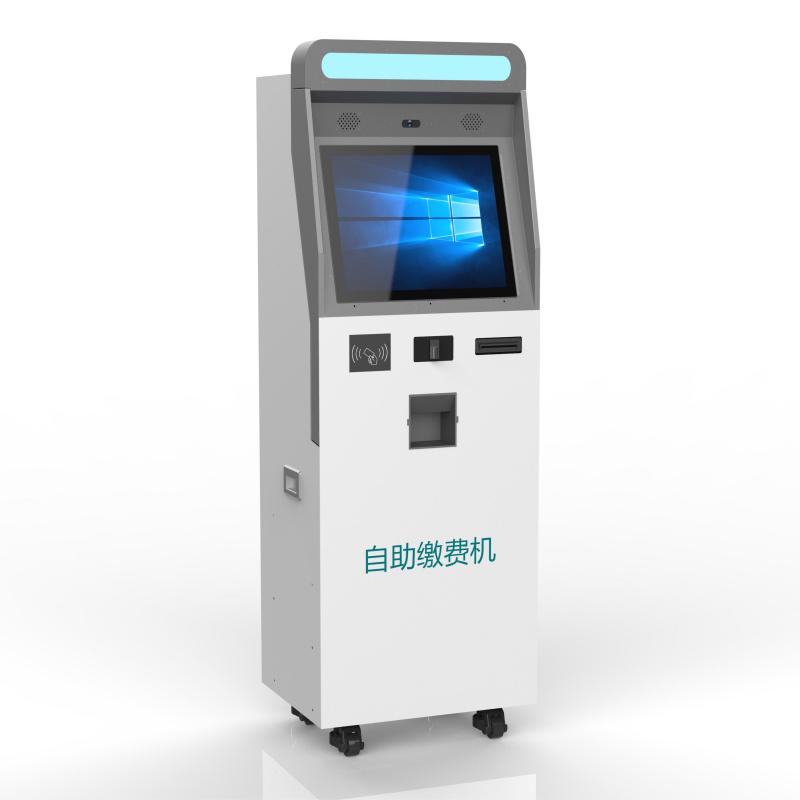
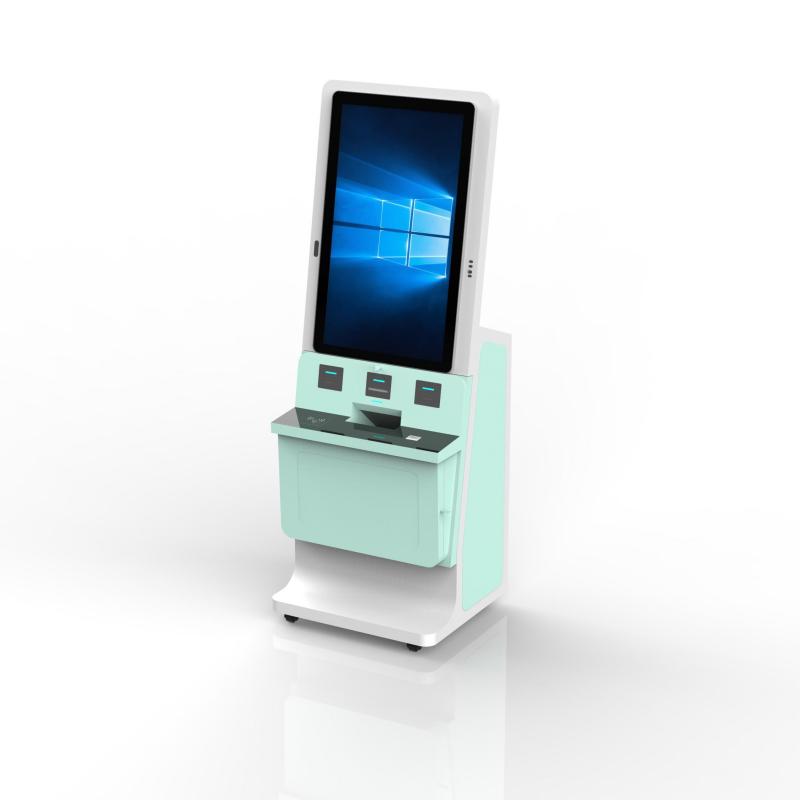

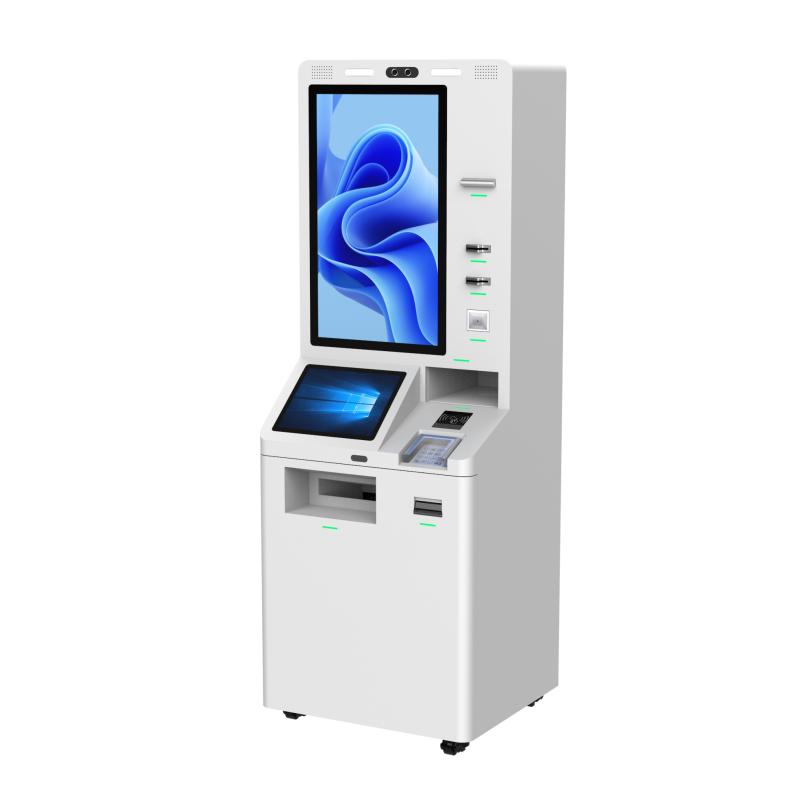
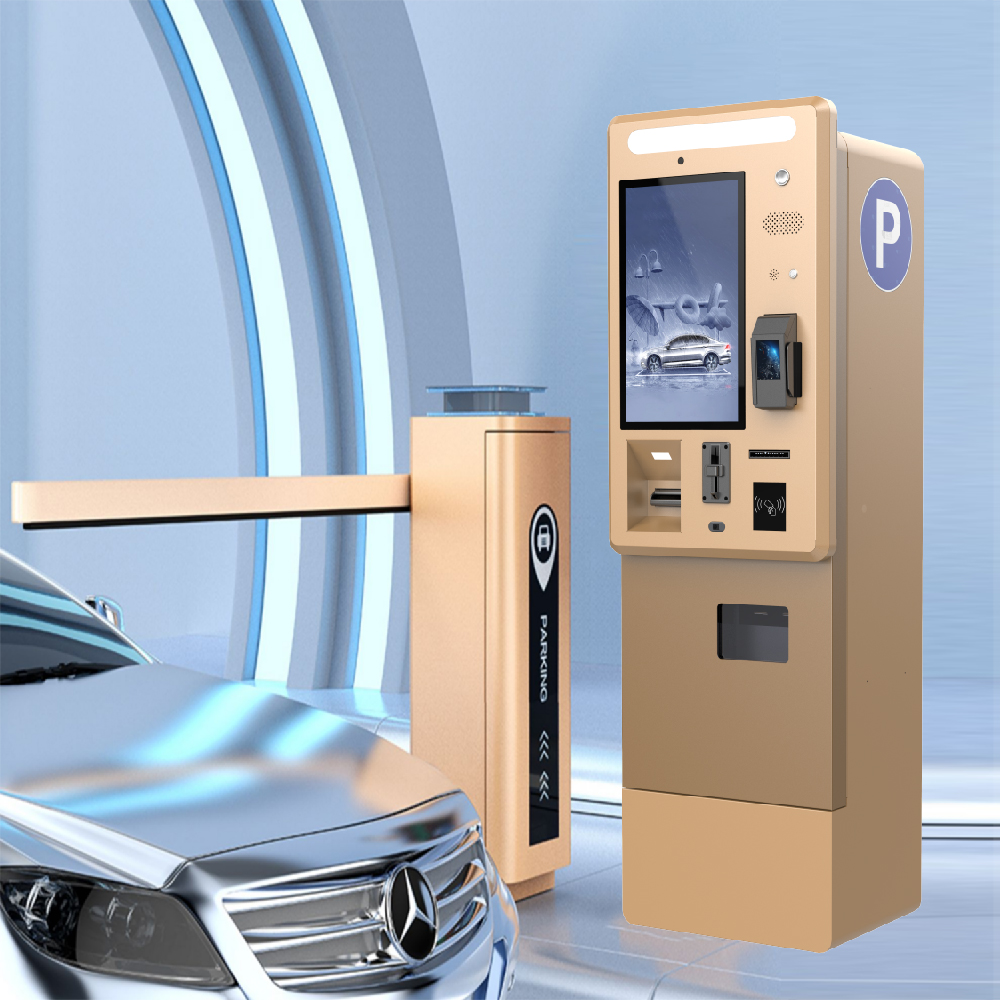
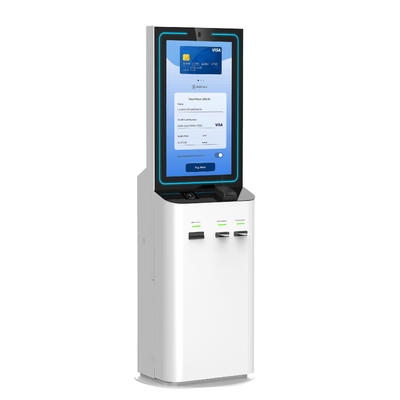
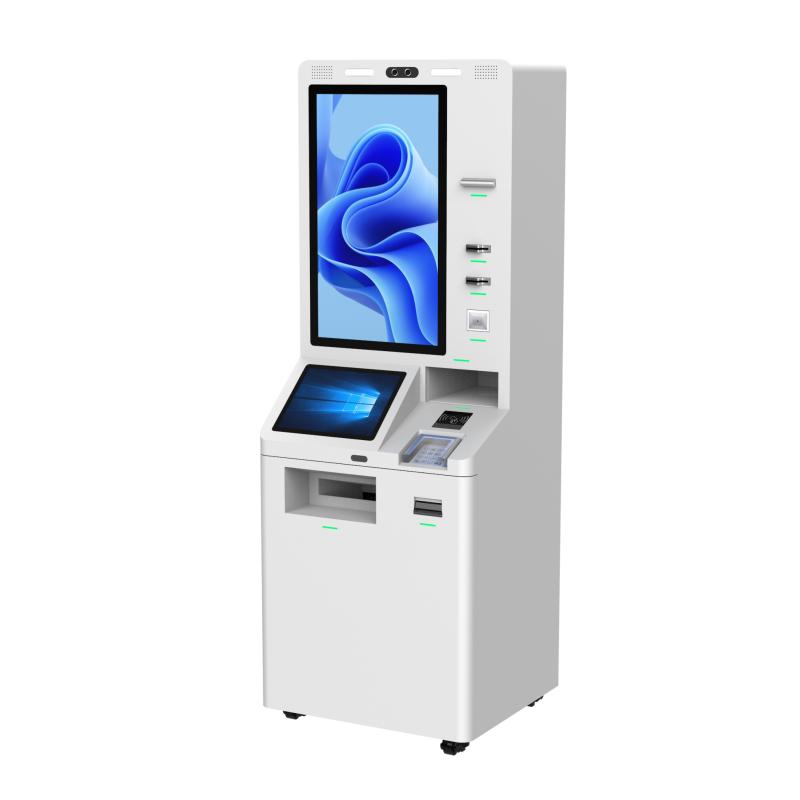
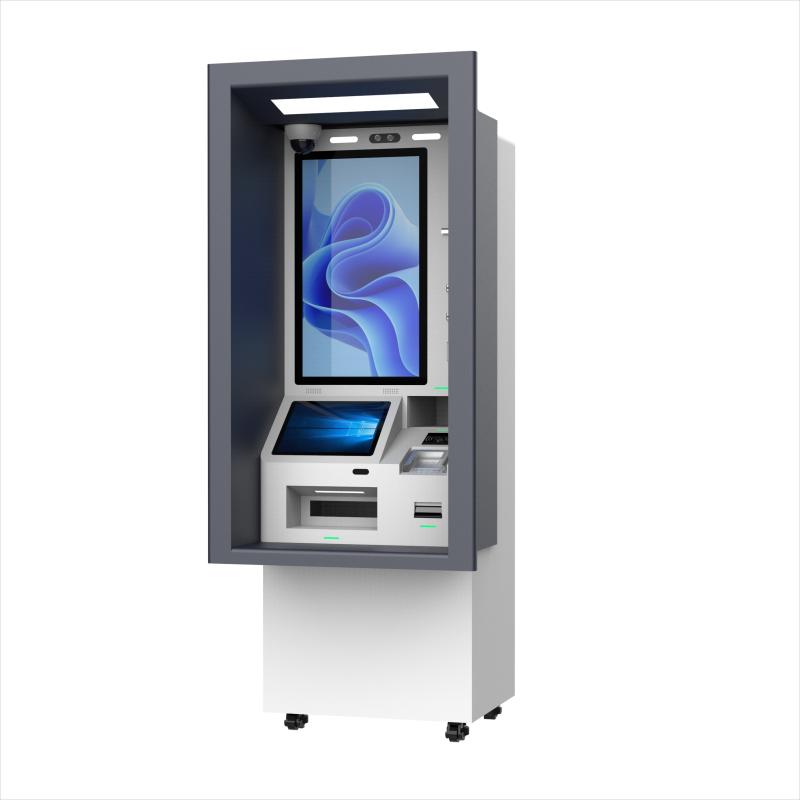
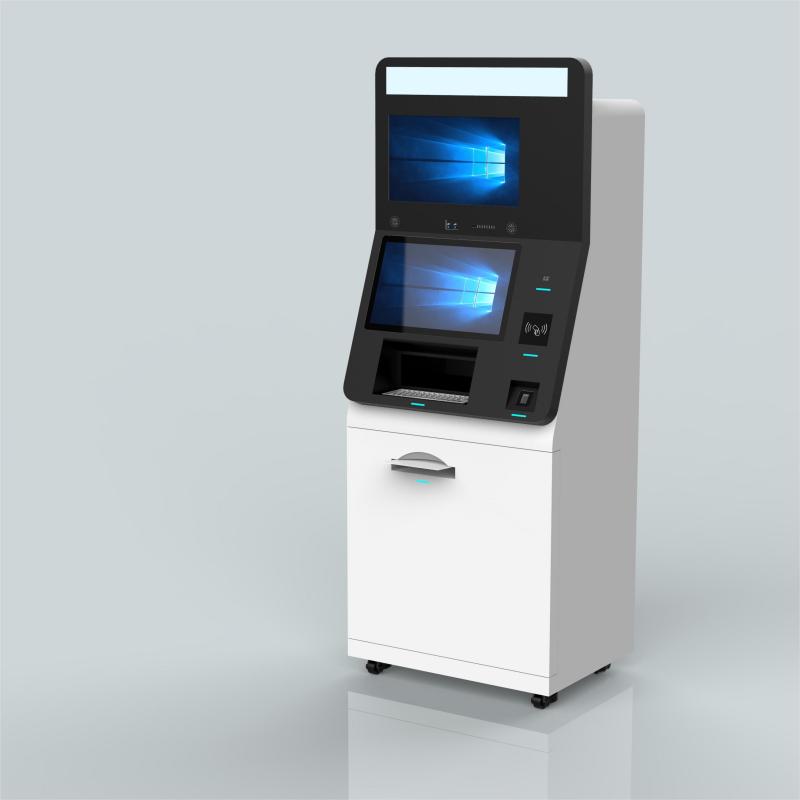
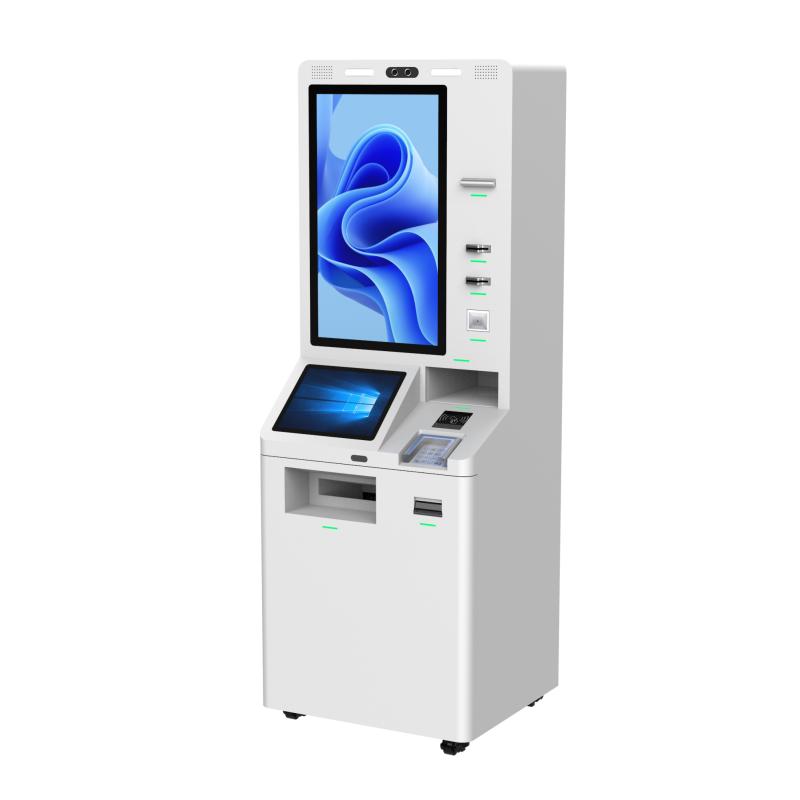

What did our happy clients say?
Bill payment kiosks we purchased has been a game-changer for our customers. It's fast, easy to use, and the support from the manufacturer has been top-notch. Highly recommend!
We’re extremely pleased with our bill payment kiosks. It has streamlined our operations and our customers love the convenience. The installation was seamless—great service from the supplier!
Bill payment kiosks have exceeded our expectations. It's efficient, reliable, and has significantly reduced queues at our service center. Kudos to the manufacturer for an excellent product!
The bill payment kiosks are fantastic! It’s user-friendly and has made bill payments so much easier for our customers. The manufacturer provided excellent support throughout the setup. Definitely recommend!